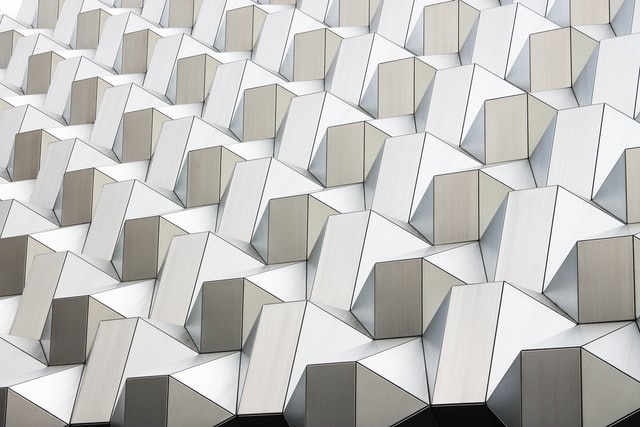

Pattern making refers to the art of manipulating a design on a piece of fabric so that a person’s figure is incorporated. The ultimate goal of pattern making is to attain a customized or perfect fit. Pattern-making technology creates a two- dimensional with regards to the garment which is being designed. For the entire garment, pattern making is the foundation as it guides where the fabric should be cut so that it conforms to the figure of the customer.
JD Institute is here with a step-by-step process of the technique of pattern making. There are various types of pattern making in clothing or pattern making processes such as block pattern printing and computer pattern printing but the most common method among them is flat pattern making which can be obtained in five easy steps:
In any pattern maker’s arsenal, there are some select tools that you will find. However, with time, pattern makers have included different tools in the drafting process:
Patterns are either designed according to specific requirements or in standard sizes. Accurate measurements are required by the pattern makers or designers to get the perfect fit. In flat pattern making, body measurement required are: height, waist, bust, waist, arm, rise, in-seam
The original pattern draft is created parallel to the body measurement or style of the customer. Including various styles in your design will make it unique or different from the generic designs making it a fashion statement. For example- flared sleeves etc. these styles are included on top of the original sketch by the pattern designers. However, the fit of the garment and how flattering it looks should be taken into consideration
Basic paper patterns are readjusted into different sizes using the same pattern by a process known as grading. In customer markets or emergency situations in which sizes have to be readjusted quickly, paper grading acts as the most efficient method by minimizing or maximizing one drafted template. Patterning papers are often graded. You can just as easily trace the original design on another piece of patterning paper for adjusting the dimensions of the original design for other sizes
After the pattern is drafted on a piece of paper, two-dimensional images should be converted into a three-dimensional one so that final changes can be made and to have an estimate as to how it will look on a body as compared to a flat surface. This is the situation when draping comes into play.
After the pattern has been made it should be traced out on a piece of fabric and should be attached with the help of needles. Draping reflects the styling of a customer with the cut-out fabric based on the drafted design.
A pattern maker will have to follow these five simple steps to create a simple pattern. Pattern making has numerous benefits such as time-efficiency, customization, and reusability. For fast fashion markets and customized designs, patterns prove to be very useful. Irrespective of the fact if you are a mass-market clothing industry or self-employed seamstress, pattern making should be incorporated to start your success.
If you are someone who is interested in art and design, JD Institute Of Fashion Technology is the right choice as it is one of the oldest premium institutes of art and design providing industry based courses to make their students ready for the real world. The students are selected through GAT or general aptitude test to review the creative skills of the students. The right opportunity is waiting for you, enroll now!